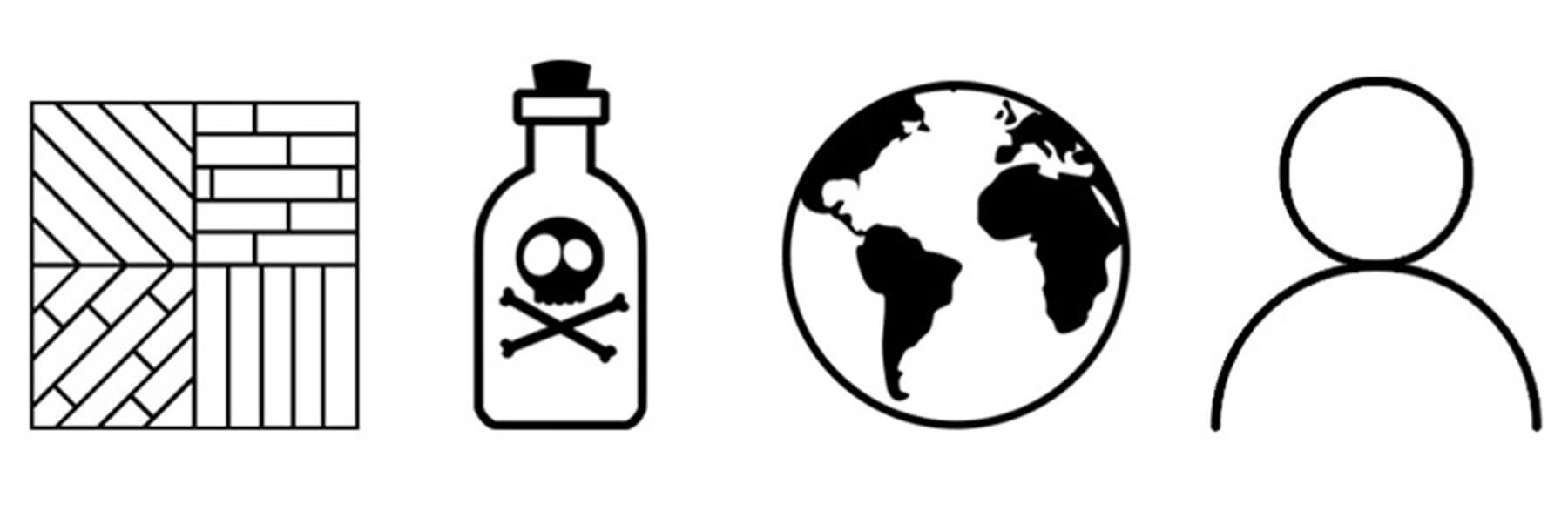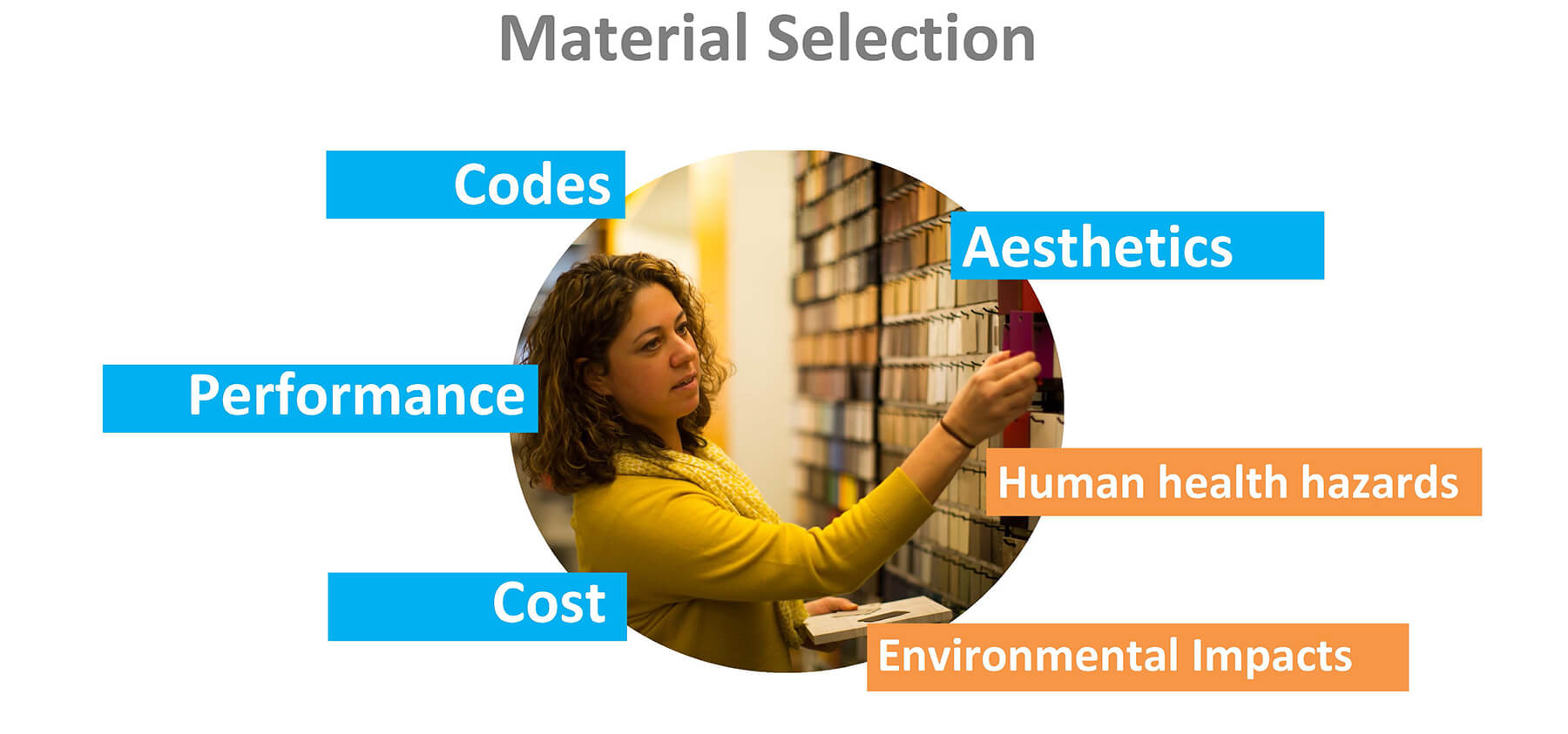At PAYETTE we care about the impact our buildings have on the environment, occupants and community. The material choices we make have a direct influence on environmental and human health. Currently, we have a research group that is investigating these very questions with regards to material health and life cycle impact. At the conclusion of our research, we will develop a material policy handbook to be implemented across all of our projects.
 As architects we can influence the health of a great number of people who occupy and construct our buildings, and should select materials with care and health impacts in mind.
As architects we can influence the health of a great number of people who occupy and construct our buildings, and should select materials with care and health impacts in mind.

However, this is much simpler said than done. As we select materials designers must juggle cost, codes, aesthetics and performance. Environmental and human health impacts make the selection process even more complex, but these added criteria are equal if not more important. In the United States only approximately 1% of all chemicals in use today have never been tested for safety. Unfortunately we cannot assume that all products allowed on the market are safe for use, and it is up to us as architects to make informed decisions on products we select, and ask for manufacturers to be transparent about the material ingredients in their products.
 Our research group is exploring ways to integrate these principles into our practice, including adding language in our specifications, labeling our library and educating clients. We have found many helpful resources that have greatly assisted us in learning about this complex topic, including Perkins+Will’s Transparency and Precautionary Principle, the Green Science Policy Institute’s Six Classes, Building Green, the Healthy Building Network and Harvard for Health.
Our research group is exploring ways to integrate these principles into our practice, including adding language in our specifications, labeling our library and educating clients. We have found many helpful resources that have greatly assisted us in learning about this complex topic, including Perkins+Will’s Transparency and Precautionary Principle, the Green Science Policy Institute’s Six Classes, Building Green, the Healthy Building Network and Harvard for Health.


